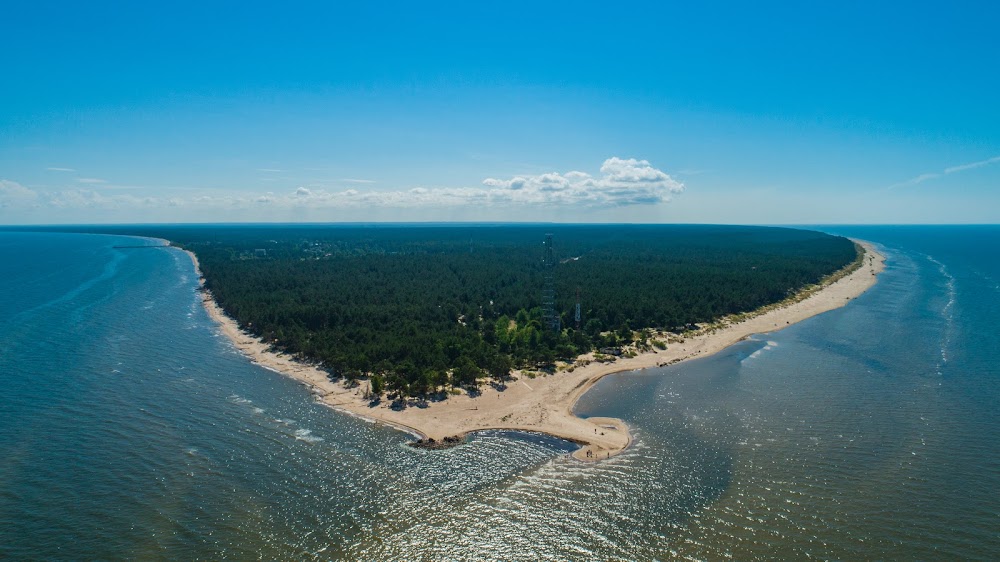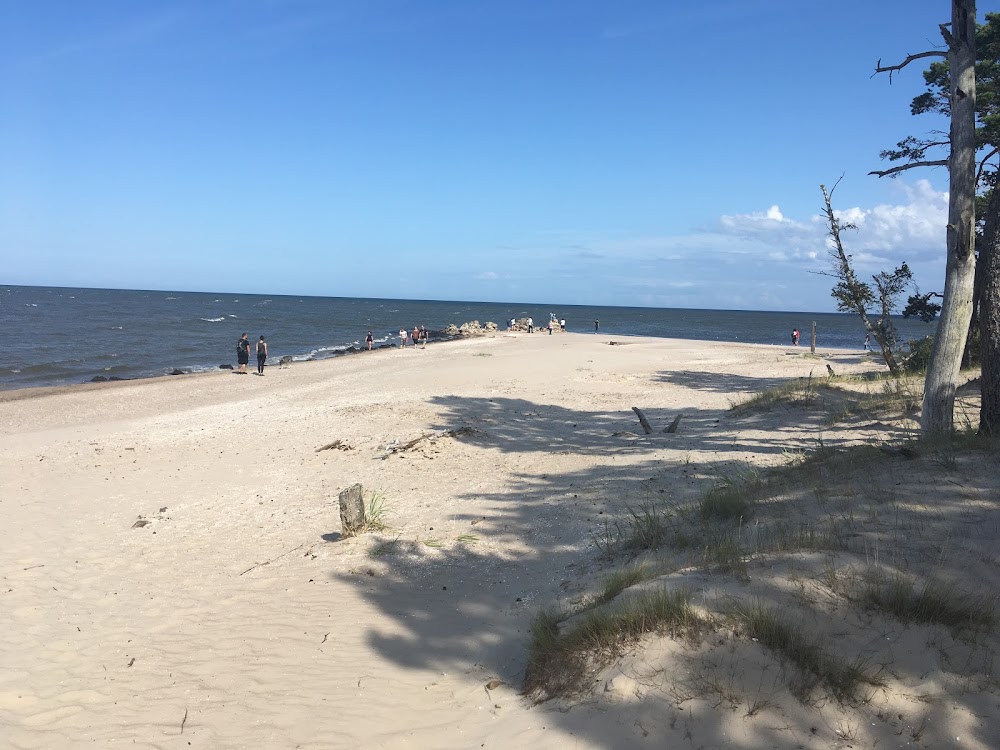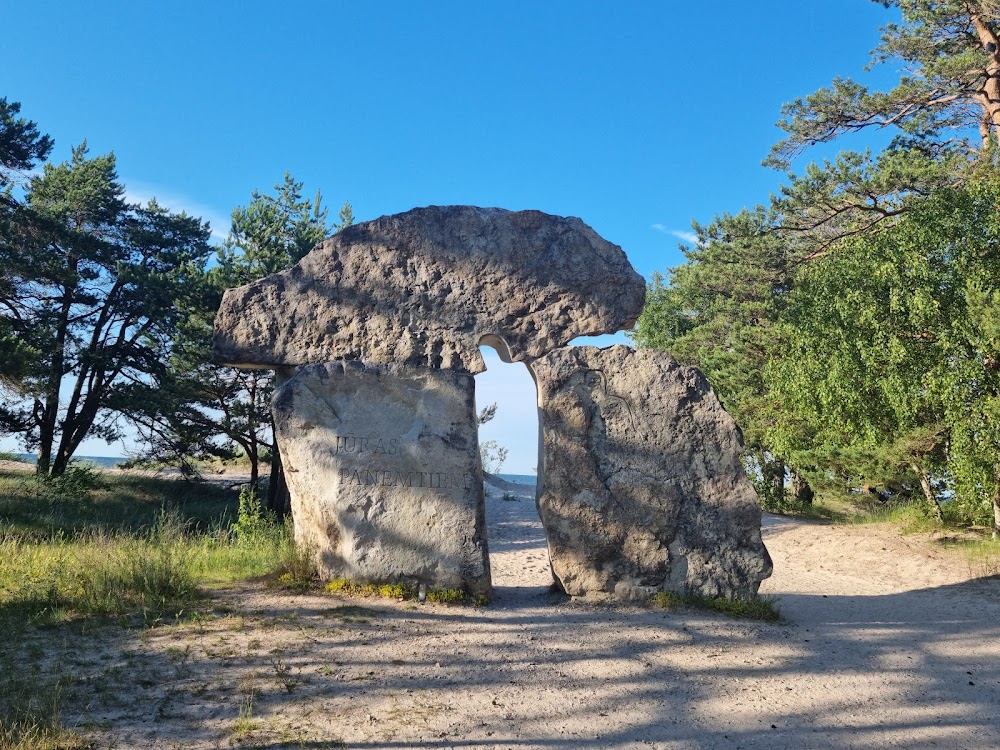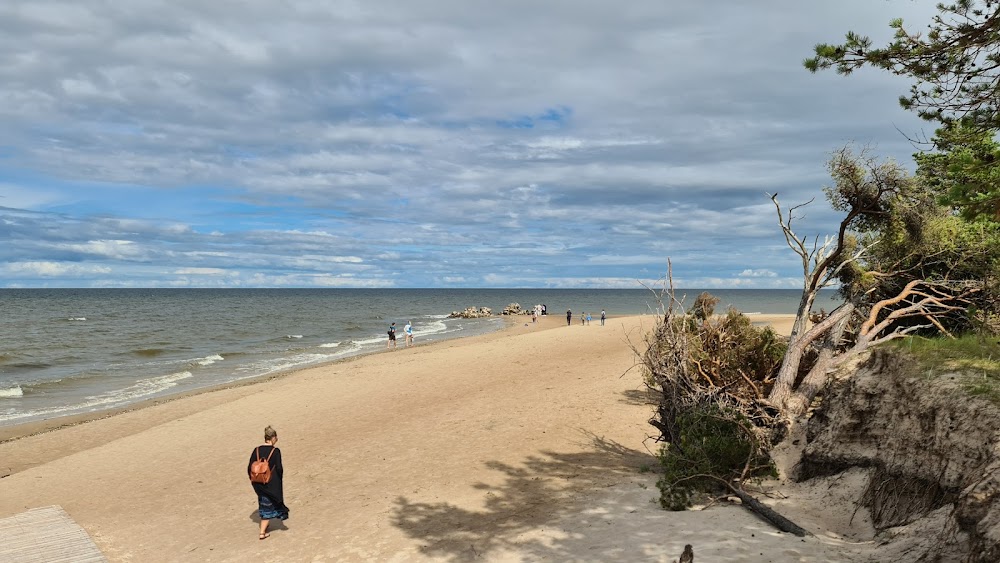Kolka Cape (Kolkasrags)
Overview
Cape Kolka, nestled in the Dundaga Municipality of Latvia, is a stunning geographic gem where the Gulf of Riga converges with the expansive Baltic Sea. This enchanting cape offers a blend of rich history and breathtaking natural beauty, making it a magnet for visitors and nature enthusiasts alike.
Geological Formation
The unique shape of Cape Kolka is the result of centuries of wind and water erosion, which have intricately sculpted this coastal landscape. Its elongated and curved form serves as a natural divide between two significant bodies of water, creating a mesmerizing intersection of waves and currents. Over time, the movement of sand and sediment has shaped the landmass, lending Cape Kolka its distinctive profile.
Historical Significance
Historically, Cape Kolka has played a vital role in navigation and trade routes. Known for its unpredictable currents and frequent fog, the area gained a reputation for shipwrecks. To mitigate these dangers, the first lighthouse was erected in 1818, followed by a more durable stone structure in 1884. This lighthouse stands as a beacon of safety, guiding sailors through the perilous waters and marking the cape’s importance in maritime history.
World War II and Beyond
During World War II, Cape Kolka was fortified as part of the defensive strategies employed by both German and Soviet forces. The remnants of these military installations can still be explored today, offering a glimpse into the region's turbulent past. Following the war, the cape was designated as a restricted border zone during the Soviet era, which allowed its natural environment to thrive with minimal human intervention.
Ecological Richness
Today, Cape Kolka is celebrated for its striking natural beauty and ecological significance, as it lies within the boundaries of Slītere National Park. This protected area encompasses diverse ecosystems, featuring a harmonious blend of beaches, dunes, and forests that provide habitats for a wide array of wildlife. Birdwatchers flock to Cape Kolka during migration seasons, as it serves as a crucial stopover for numerous bird species.
Cultural Experience
The local Livonian culture adds an additional layer of charm to Cape Kolka. As one of the smallest ethnic groups in Europe, the Livonians have a rich heritage that is palpable in this region. Visitors can immerse themselves in traditional Livonian fishing practices, savor authentic cuisine, and explore unique crafts. Ongoing efforts to preserve and revitalize the Livonian language and culture further enrich the cultural tapestry of the area.
Recreational Activities
A plethora of recreational activities await at Cape Kolka, from hiking and cycling to exhilarating water sports. Scenic coastal trails offer stunning views of the meeting seas, while the tranquil beaches provide ideal spots for relaxation and exploration. For those seeking adventure, kayaking around the cape allows for an intimate experience with its vibrant marine environment.
With its captivating mix of natural allure, historical depth, and cultural richness, Cape Kolka is an essential destination in Latvia. Whether your interests lie in the wonders of nature, historical exploration, or cultural immersion, Cape Kolka promises an unforgettable experience along the Latvian coast.







